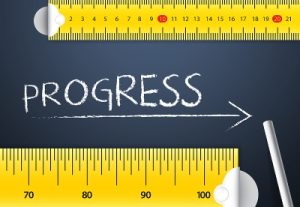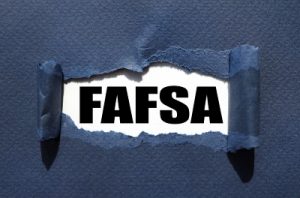
A focus on government efficiency should benefit citizens by yielding improved service and better stewardship of tax dollars. Efforts have been underway across government for decades to improve service to the citizen. With the government embracing artificial intelligence (AI) and new security paradigms, the digitization of government continues to accelerate in support of citizen service.
Paperwork Reduction
The Paperwork Reduction Act of 1980 kicked off the government's focus on reducing both paperwork and manual effort. Now a new piece of legislation may accelerate efforts further. The ePermit Act was introduced to create an interagency data system to serve as a single point for tracking real-time data on environmental reviews. Currently, agencies have siloed systems that make it difficult to share information, even though permitting often spans multiple agencies. This act responds to the administration's desire to streamline regulatory compliance, easing burdens on industry. Continue reading






